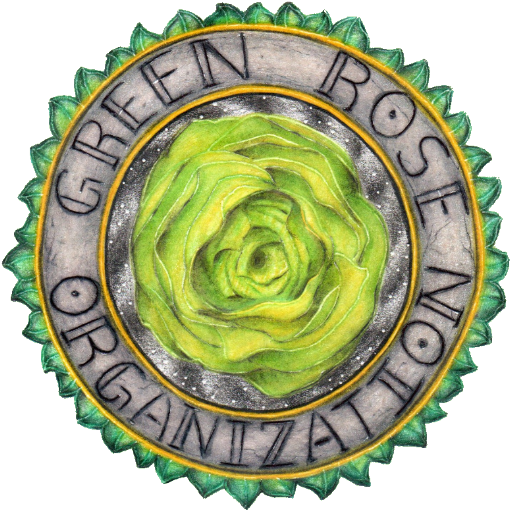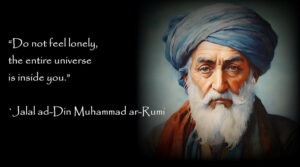ALBERT EINSTEIN
A brief biography of a Great Soul
EINSTEIN’S BIRTH AND EARLY LIFE
Albert Einstein was born in Ulm, in the Kingdom of Württemberg in the German Empire, on 14 March 1879 into a family of secular Ashkenazi Jews. His parents were Hermann Einstein, a salesman and engineer, and Pauline Koch. In 1880, the family moved to Munich, where Einstein’s father and his uncle Jakob founded Elektrotechnische Fabrik J. Einstein & Cie, a company that manufactured electrical equipment based on direct current. Albert attended a Catholic elementary school in Munich, from the age of five, for three years. At the age of eight, he was transferred to the Luitpold-Gymnasium (now known as the Albert-Einstein-Gymnasium), where he received advanced primary and secondary school education until he left the German Empire seven years later. [1] He was a poor student, and some of his teachers thought he might be retarded (mentally handicapped); he was unable to speak fluently (with ease and grace) at age nine. Still, he was fascinated by the laws of nature, experiencing a deep feeling of wonder when puzzling over the invisible, yet real, force directing the needle of a compass. He began playing the violin at age six and would continue to play throughout his life. At age twelve he discovered geometry (the study of points, lines, and surfaces) and was taken by its clear and certain proofs. Einstein mastered calculus (a form of higher mathematics used to solve problems in physics and engineering) by age sixteen. Einstein’s formal secondary education ended at age sixteen. He disliked school, and just as he was planning to find a way to leave without hurting his chances for entering the university, his teacher expelled him because his bad attitude was affecting his classmates. Einstein tried to enter the Federal Institute of Technology (FIT) in Zurich, Switzerland, but his knowledge of subjects other than mathematics was not up to par, and he failed the entrance examination. On the advice of the principal, he first obtained his diploma at the Cantonal School in Aarau, Switzerland, and in 1896 he was automatically admitted into the FIT. There he came to realize that he was more interested in and better suited for physics than mathematics. Einstein passed his examination to graduate from the FIT in 1900, but due to the opposition of one of his professors he was unable to go on to obtain the usual university assistantship. In 1902 he was hired as an inspector in the patent office in Bern, Switzerland. Six months later he married Mileva Maric, a former classmate in Zurich. They had two sons. It was in Bern, too, that Einstein, at twenty-six, completed the requirements for his doctoral degree and wrote the first of his revolutionary scientific papers. [2]
EINSTEIN’S CONTRIBUTIONS TO HUMANITY
Albert Einstein is best known for his equation E = mc2, which states that energy and mass (matter) are the same thing, just in different forms. He is also known for his discovery of the photoelectric effect, for which he won the Nobel Prize for Physics in 1921. Einstein developed a theory of special and general relativity, which helped to complicate and expand upon theories that had been put forth by Isaac Newton over 200 years prior. Albert Einstein had a massive influence on contemporary physics. His theory of relativity shifted contemporary understanding of space completely. Along with his equation E = mc2, it also foreshadowed the creation of the atomic bomb. Einstein’s understanding of light as something which can function both as a wave and as a stream of particles became the basis for what is known today as quantum mechanics. [3] Relativity is only one part of Einstein’s prodigious legacy. He was equally inventive when it came to the physics of atoms, molecules, and light. Today, we can see technological reminders of his genius almost everywhere we look. Just a few modern inventions and applications that have been influenced by Einstein’s thinking include (but is not limited to) things such as; paper towels, stock market forecasts, solar power, laser pointers, etc. [4]
EINSTEIN’S END LIFE AND DEATH
Albert Einstein’s time on earth ended on April 18, 1955, at the Princeton Hospital. In April of 1955, shortly after Einstein’s death, a pathologist removed his brain without the permission of his family, and stored it in formaldehyde until around 2007, shortly before dying himself. [5]
[1] https://en.wikipedia.org/wiki/Albert_Einstein#Early_life_and_education
[2] https://www.notablebiographies.com/Du-Fi/Einstein-Albert.html
[3] https://www.britannica.com/biography/Albert-Einstein
[5] https://press.princeton.edu/ideas/the-final-days-of-albert-einstein


